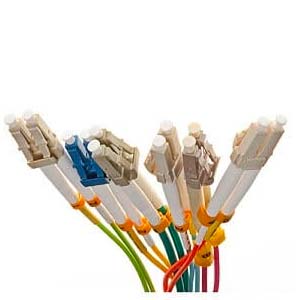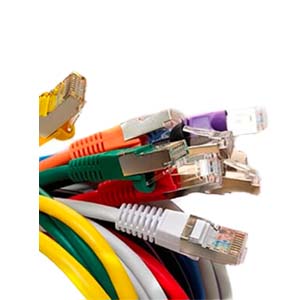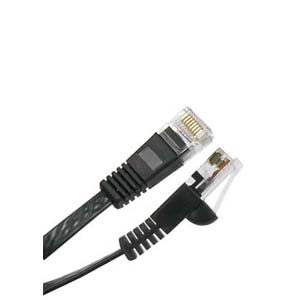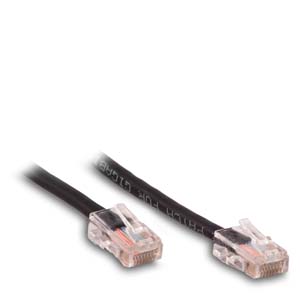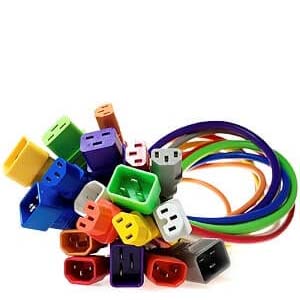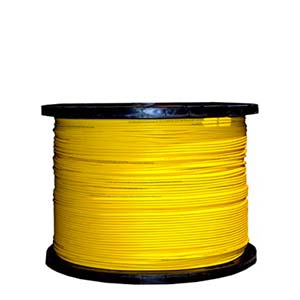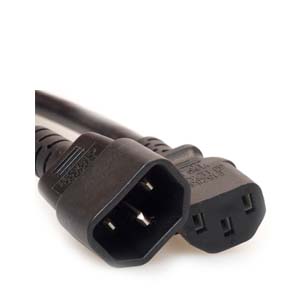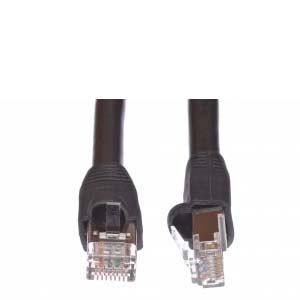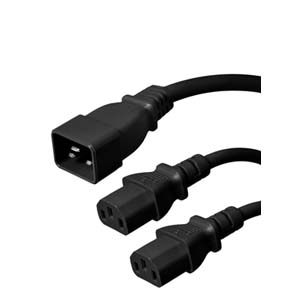Cables Blog
How Fiber Optics Benefit Your Home Internet Experience
How Fiber Optics Benefit Your Home Internet Experience | Cables.com
by Vikas Dayal • April 08, 2025
Fiber Optics in Home: Unleashing the Speed of Light for Ultimate Internet Experience
In the modern era of fast-paced digital connectivity, having a robust and reliable internet connection at home has become indispensable. For tech-savvy homeowners, DIY enthusiasts, and individuals keen on enhancing their internet infrastructure, the term “fiber optics” often stands out. This article explores the implementation, benefits, and considerations of integrating fiber optics into your home setup, providing clear answers to your pressing questions.
Understanding Fiber Optics
Fiber optic technology uses light signals to transmit data through thin strands of glass or plastic, known as fiber optic cables. This method of data transmission outpaces traditional copper cables, offering high-speed internet access with unparalleled reliability.
Commonly referred to as Fiber-to-the-Home (FTTH), this technology offers substantial advantages, including increased bandwidth and faster internet speeds. For those looking to future-proof their home internet setup, fiber optics serves as a smart investment.
Benefits of Fiber Optics in the Home
Lightning-Fast Internet Speeds
Fiber optics can deliver data at speeds of up to 1 Gbps and beyond, ensuring seamless streaming, gaming, and large data transfers. This high-speed capability is a significant upgrade over traditional internet options, making it ideal for smart homes and households with multiple connected devices.
Long-Term Reliability and Future-Proofing
Unlike copper cables, fiber optic cables are resistant to electromagnetic interference, reducing internet downtimes and ensuring a stable connection. Additionally, fiber optics provide ample bandwidth to accommodate future technological advancements, making this a future-proof choice for modern homes.
Enhanced Connectivity for Work-from-Home Setups
With more people working from home, a robust internet connection is vital. Fiber optics support efficient telecommunication, video conferencing, and collaboration tools, facilitating a productive remote work environment.
Can You Run Fiber Optic Cable in Your Home?
Yes, you can install fiber optic cables in your home. Most internet service providers (ISPs) offer installation services for fiber optics, which typically involves running a fiber optic line from the service provider’s main network onto your property and connecting it to an Optical Network Terminal (ONT) inside your home.
The Installation Process
The process begins with a pre-work home visit to assess connectivity feasibility. A technician will lay the fiber optic cable from the nearest utility pole or street cabinet to your house. From there, the cable connects to an ONT, which interfaces with your home networking setup, allowing for high-speed internet access throughout your home.
Cost Considerations for Fiber Installation
The cost to install fiber optic cable in a home varies depending on factors like location, infrastructure, and the service provider. Generally, installation costs can range from $300 to $1,000 for the entire process, including the necessary hardware like the ONT and router.
While the upfront cost may seem steep, the long-term benefits of faster speeds and greater reliability often justify the expense, especially for tech enthusiasts and those needing reliable connectivity for professional or personal use.
Do I Need to Rewire My House for Fiber Optic Internet?
In most cases, rewiring your entire home is not necessary. Fiber optic cables typically replace only the connection from the service provider to your ONT. Inside your home, conventional wireless or Ethernet connections can distribute the fiber optics service to various devices and endpoints.
For optimal performance, however, it can be beneficial to assess and potentially upgrade existing networking components like routers and Ethernet cables to ensure they support high-speed data transmissions inherent in fiber optics.
Potential Downsides of Fiber Optic Cabling
While fiber optics offer numerous advantages, they may not be suitable for every household due to the following considerations:
- Higher Initial Installation Costs- The costs associated with installing fiber optics, including the running of cables and necessary equipment, can be higher compared to traditional alternatives.
- Availability and Accessibility - Fiber optic service may not yet be available in all areas, particularly in rural settings. It's essential to check availability with local ISPs to ensure service feasibility.
- Fragility of Cables - Fiber optic cables are more fragile and prone to damage during installation compared to copper wires. Proper handling and installation by experienced technicians are crucial to maintaining the integrity of these delicate cables.
Is Fiber Optic Better than WiFi?
Fiber optic internet refers to the method of delivering internet to your home and is not directly comparable to WiFi, which is a wireless networking technology used to distribute internet within a home. However, given the robust and high-speed nature of fiber optics, it provides the backbone for the fastest WiFi experiences, supporting high-definition streaming and quick loading times.
Is Fiber Optic Internet Worth It?
For households that require high-speed internet for gaming, streaming, or heavy data usage, fiber optic internet represents an excellent value despite its higher installation costs. Over time, the advantages of consistent and fast internet speeds contribute to a more effective and enjoyable online experience, ultimately making it a worthwhile investment.
Connecting Your Home with Fiber Optics
Integrating fiber optics into your home internet infrastructure offers considerable benefits, particularly in terms of speed, reliability, and future adaptability. While the initial costs are higher, the long-term rewards of superior internet quality and the ability to support emerging technologies make fiber optics an attractive choice for tech-savvy homeowners.


